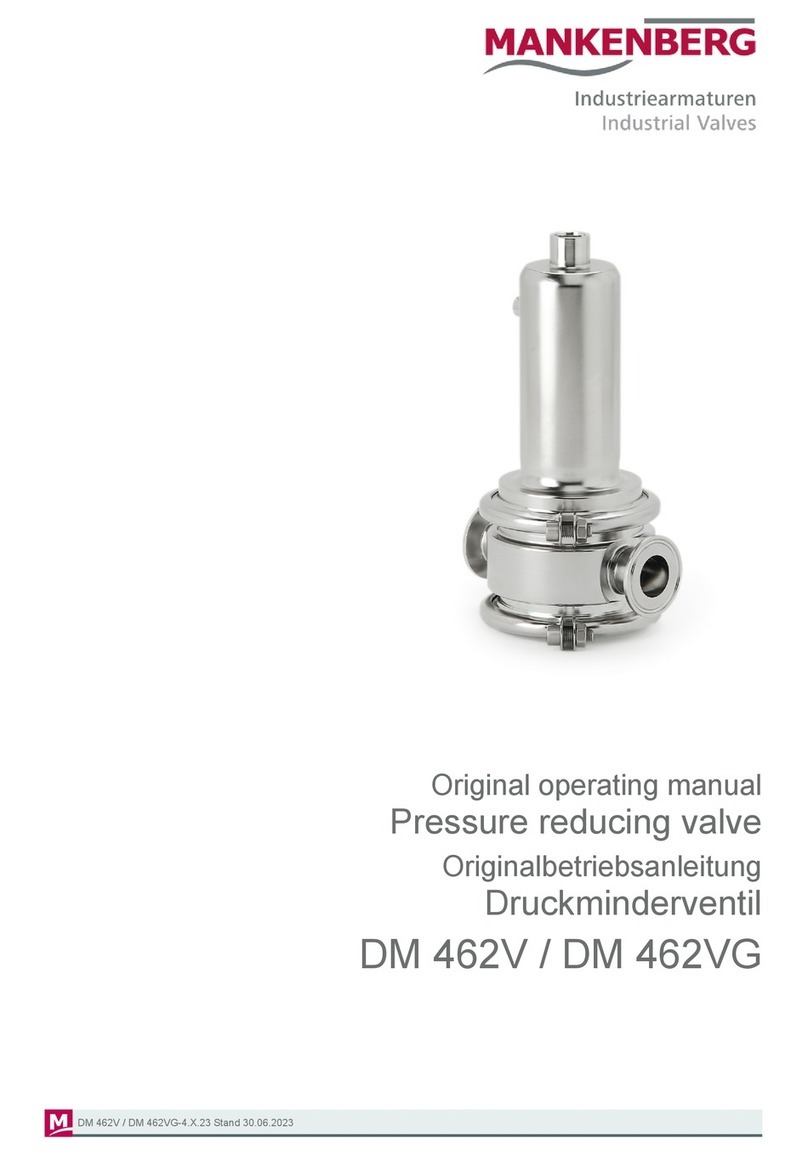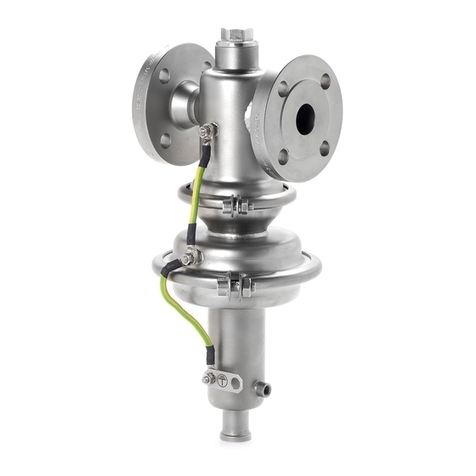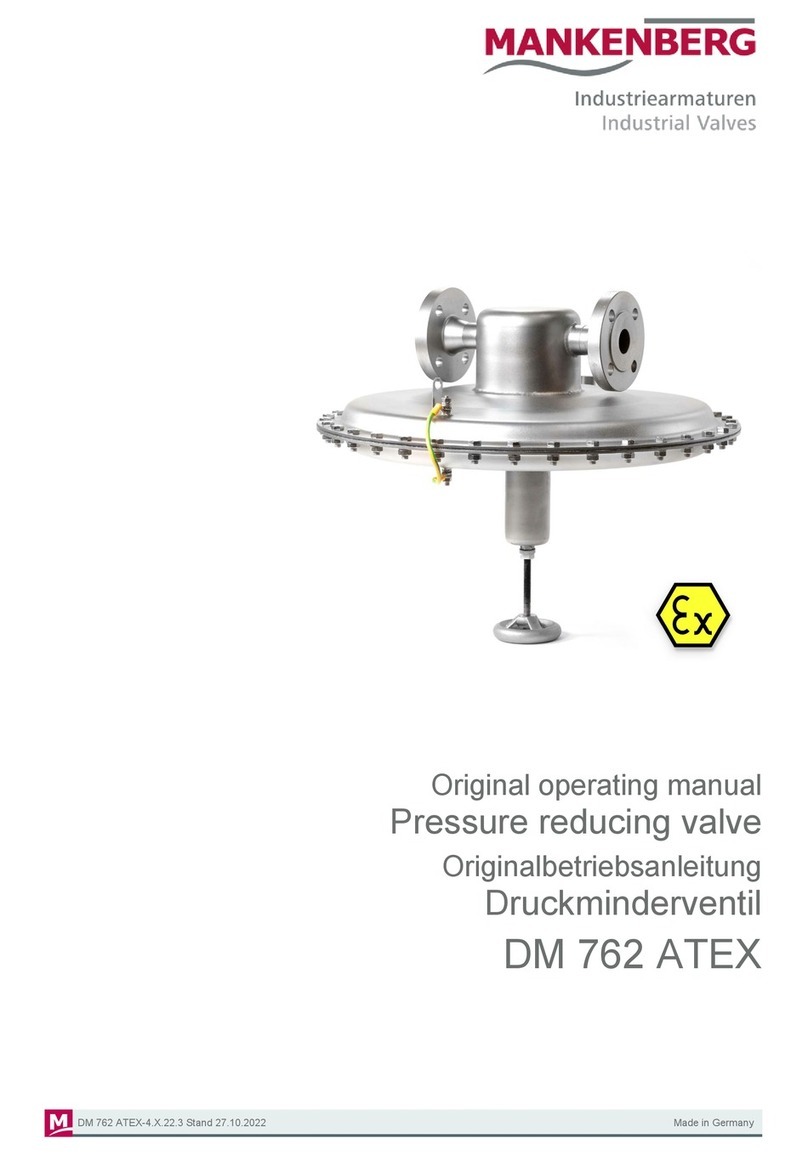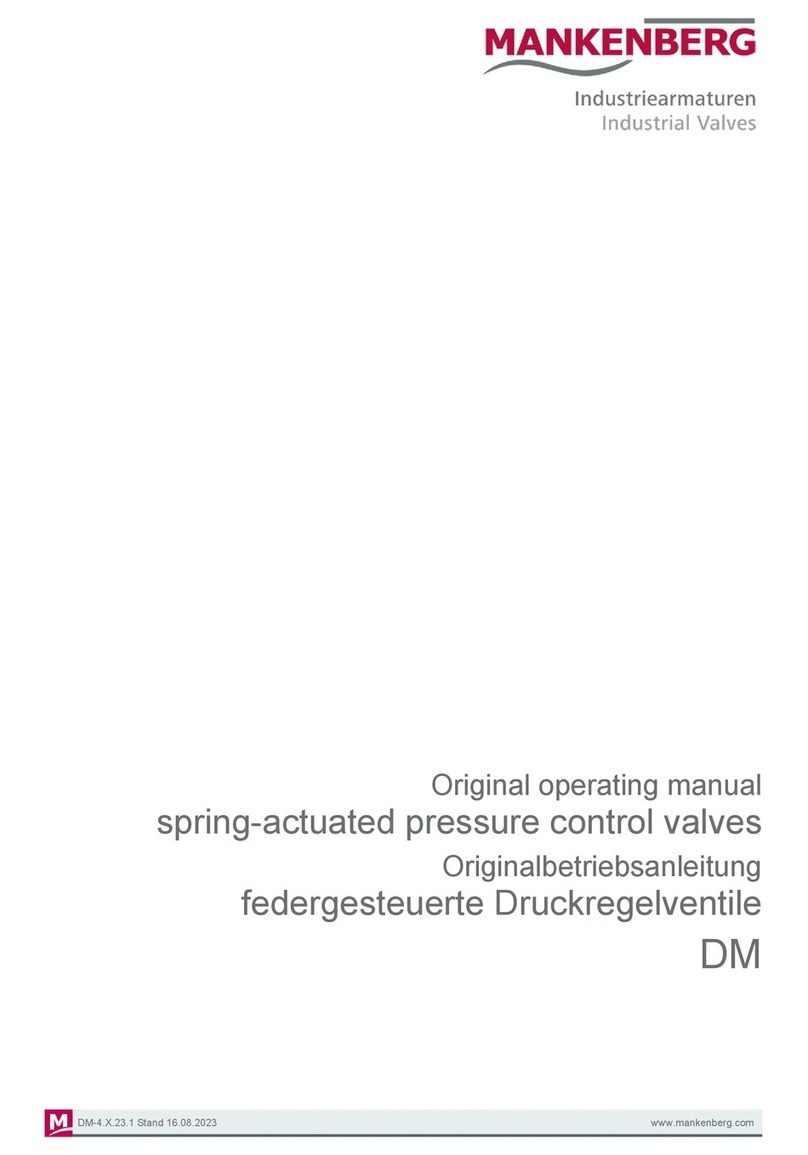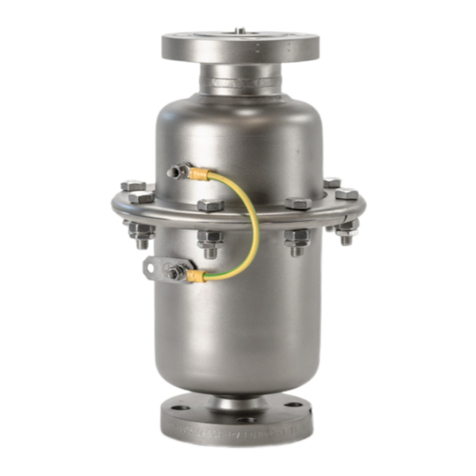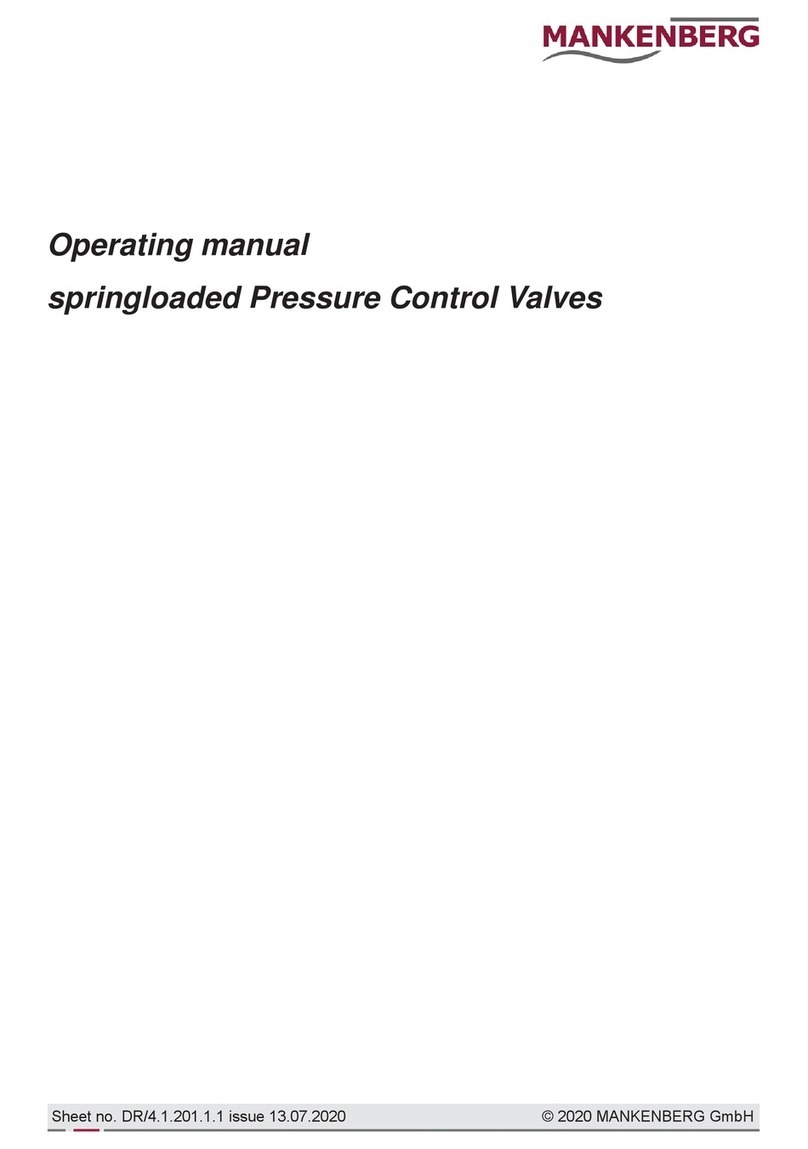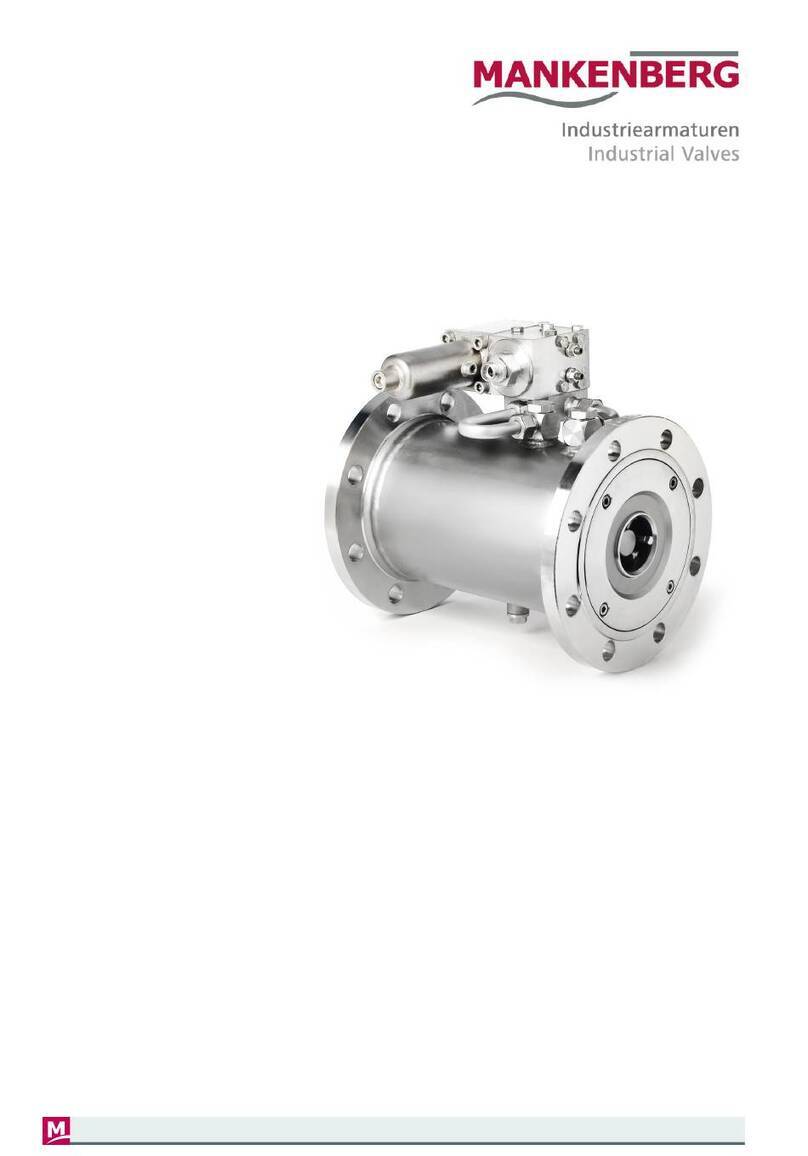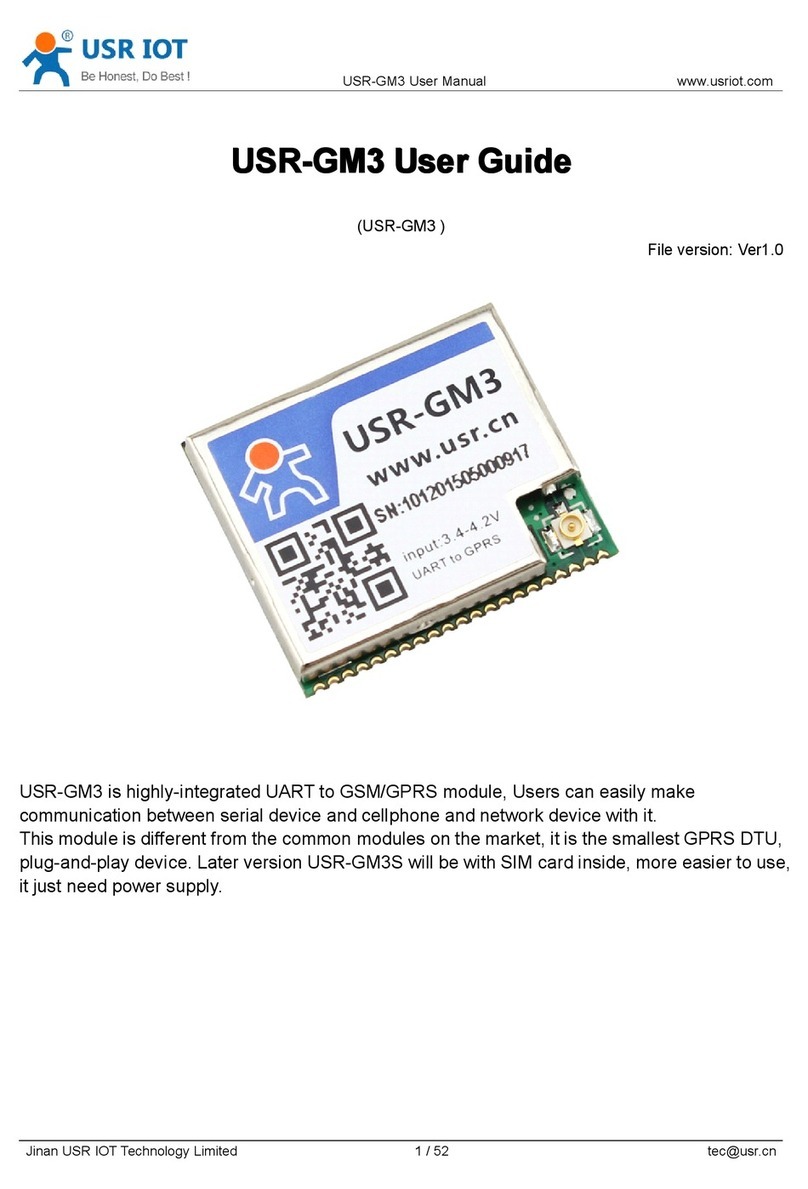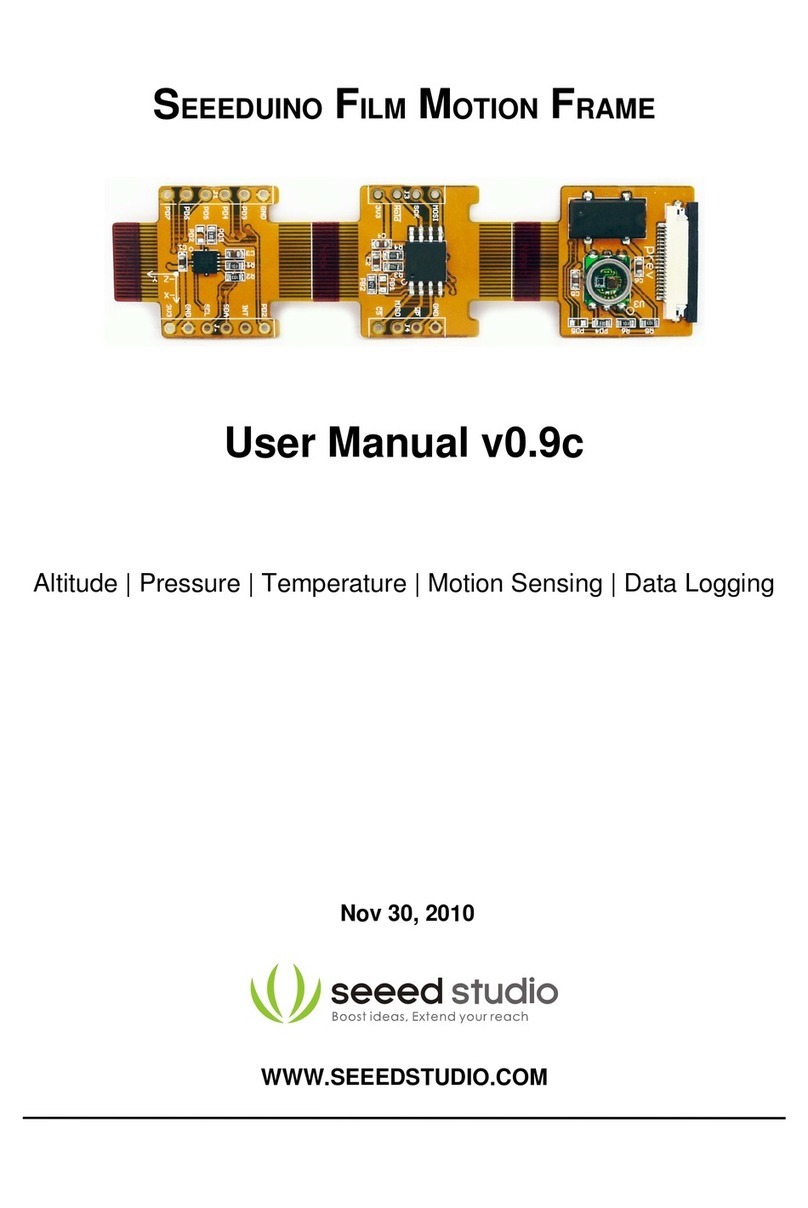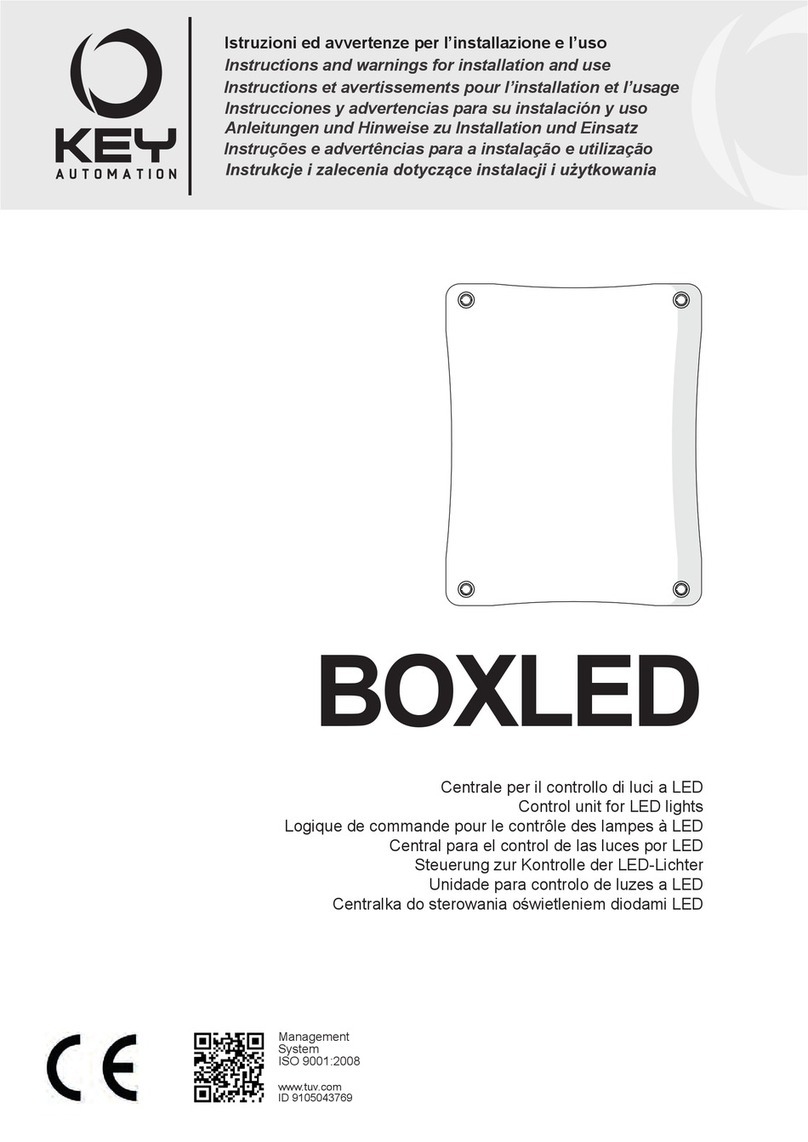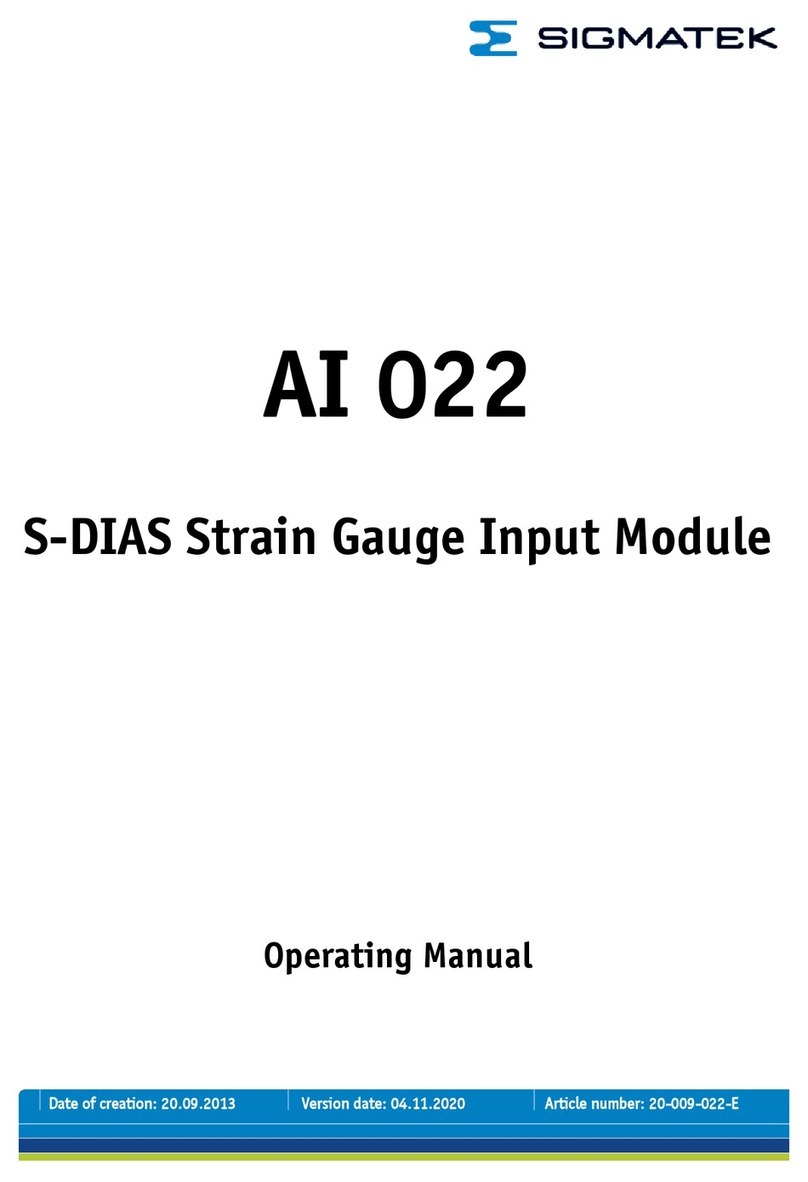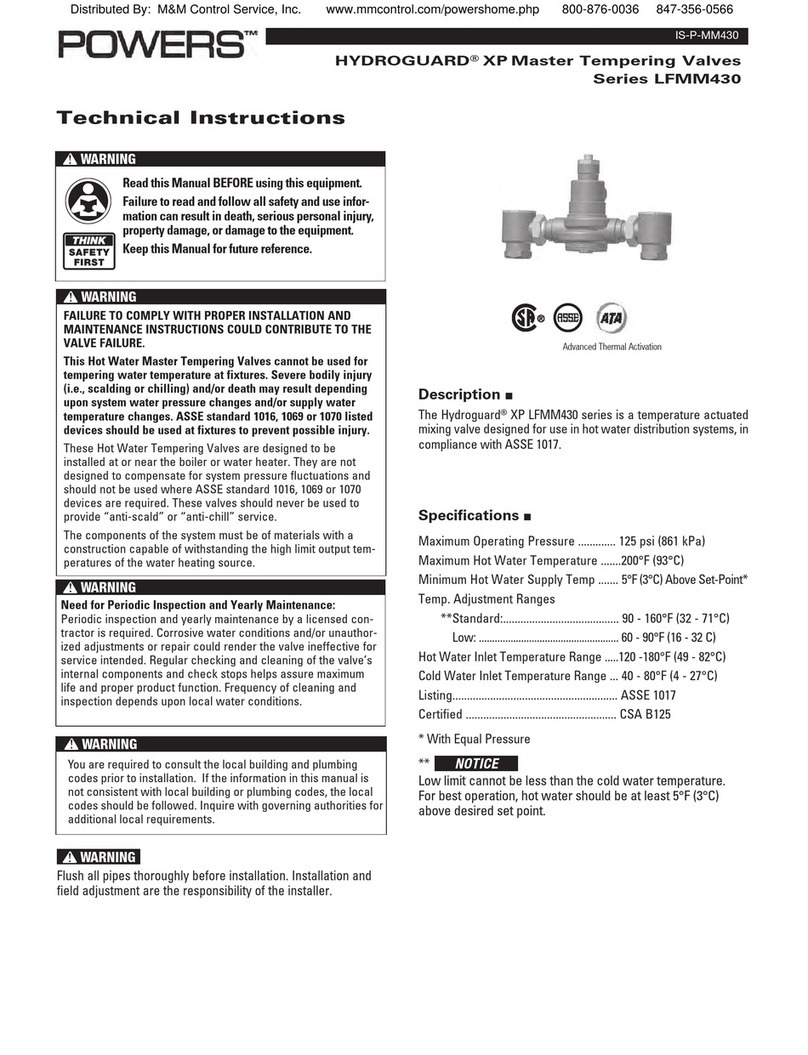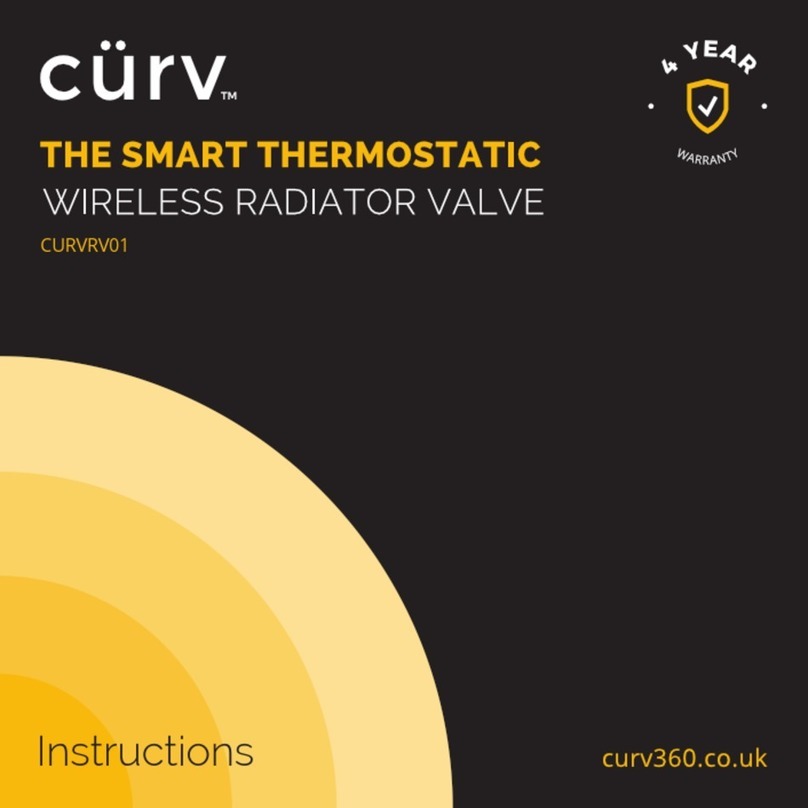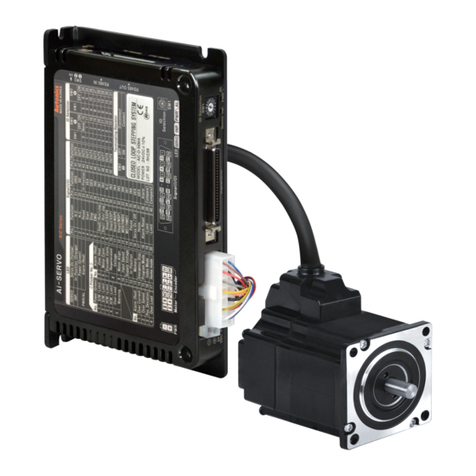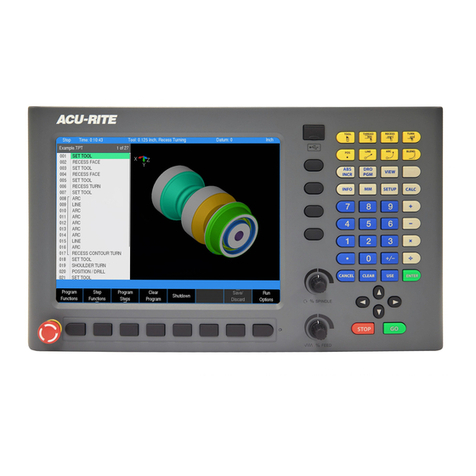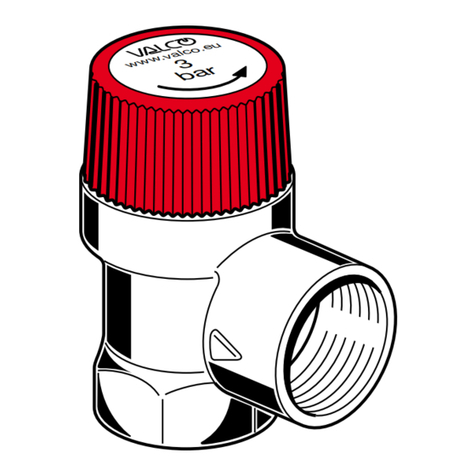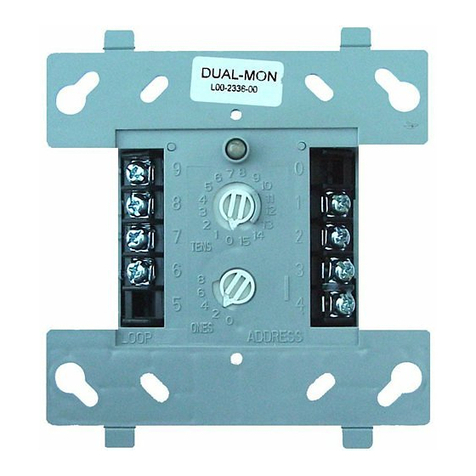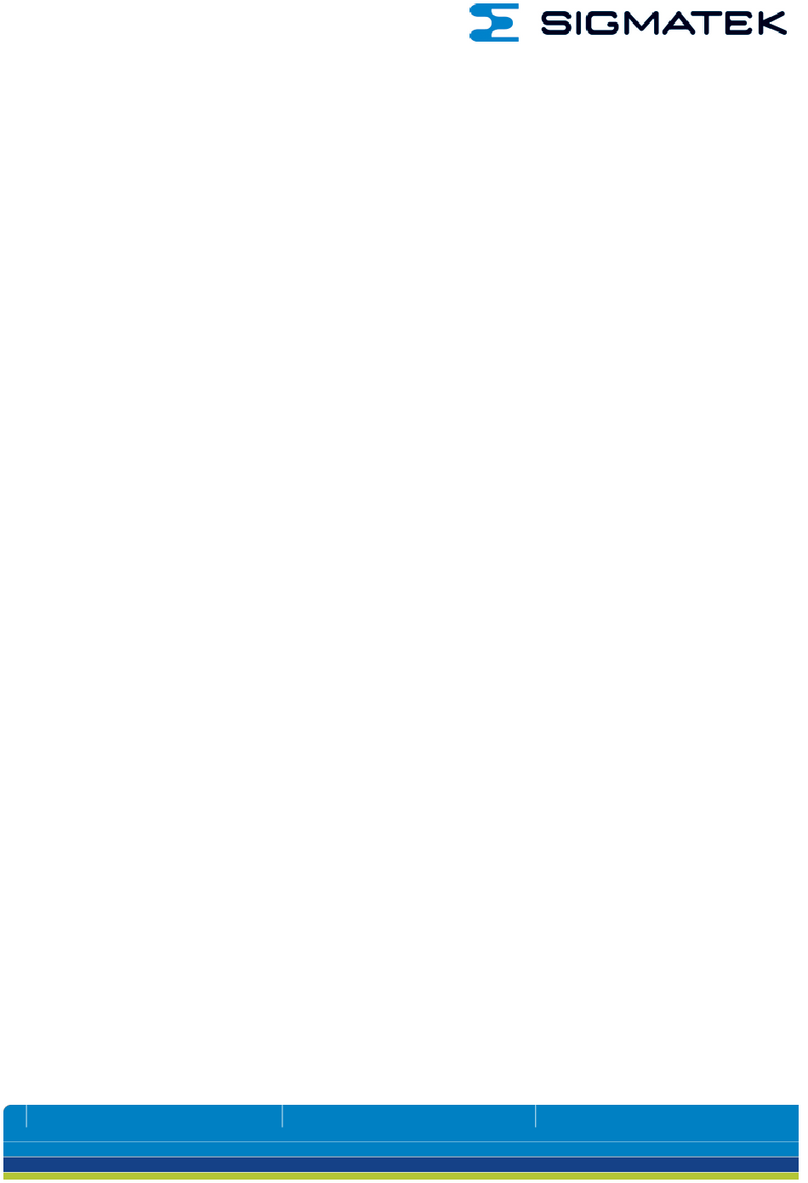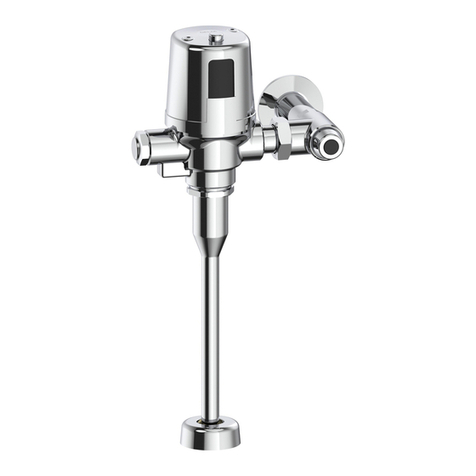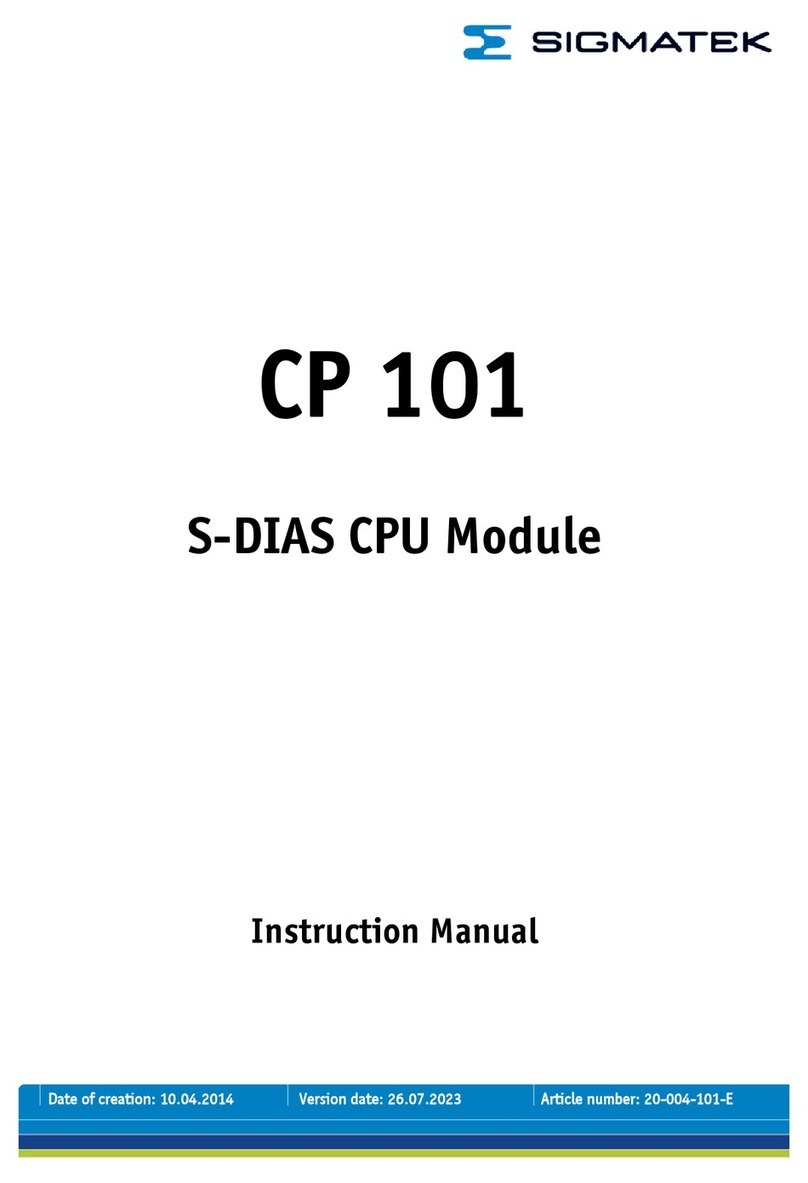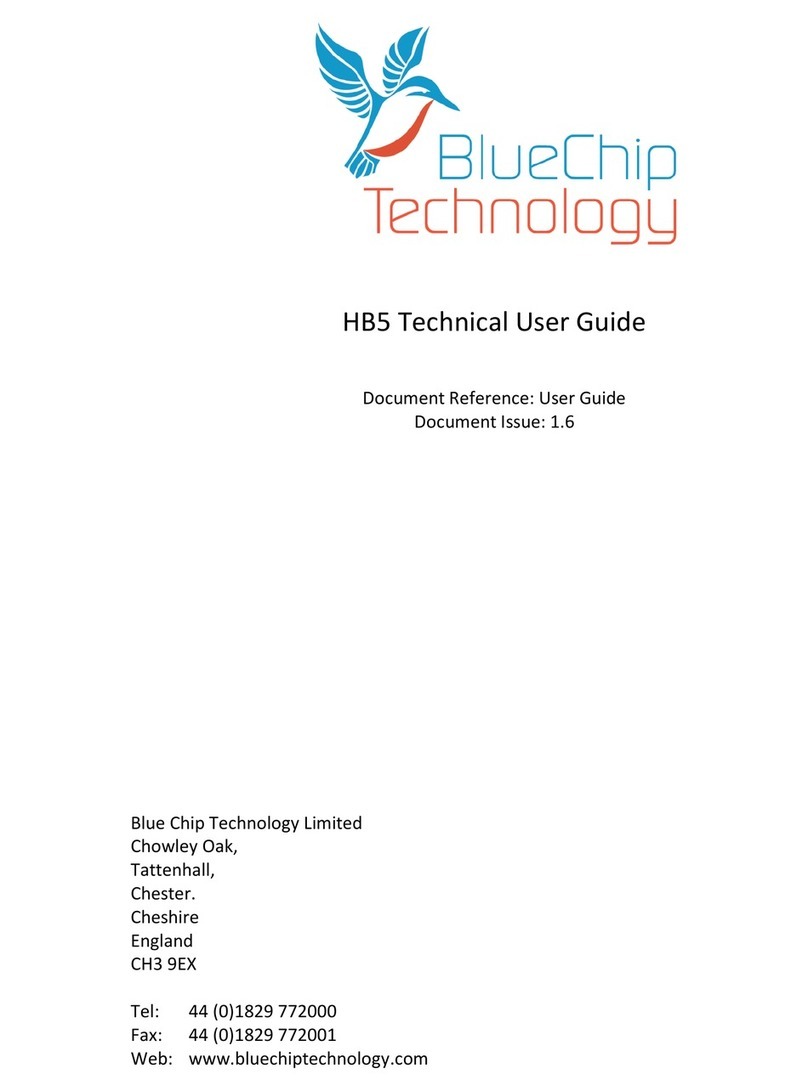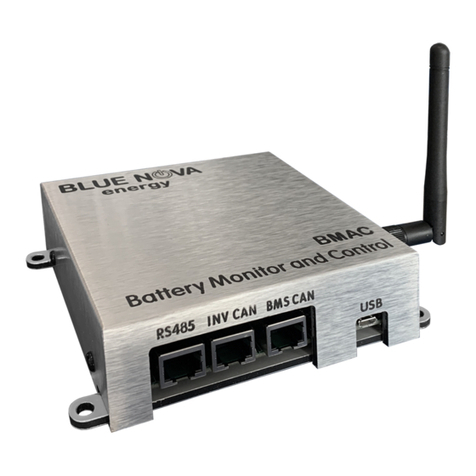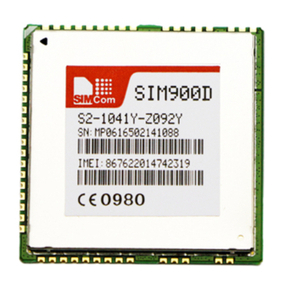
9 Operation .................................................................................................................................................... 20
10 Maintenance................................................................................................................................................ 21
10.1 Maintenance schedule ......................................................................................................................... 21
10.1.1 Further information.................................................................................................................... 21
10.2 Replace of the maintenance kit............................................................................................................ 21
10.2.1 Required tools / material ........................................................................................................... 21
10.2.2 Starting point / preparatory activities......................................................................................... 21
10.2.3 Disassembly of spring module and inlet connection................................................................. 22
10.2.4 Disassembly of control module ................................................................................................. 22
10.2.5 Maintenance of the stem........................................................................................................... 23
10.2.6 Assembly of the control module................................................................................................ 23
10.2.7 Assembly of spring module and connecting piece.................................................................... 24
10.2.8 Final activities ........................................................................................................................... 24
10.3 Torques ................................................................................................................................................ 25
10.4 Lubrication schedule ............................................................................................................................ 26
10.5 Spare parts and wearing parts ............................................................................................................. 27
10.5.1 Contact...................................................................................................................................... 27
10.5.2 Sending in the valve.................................................................................................................. 27
11 Error search, troubleshooting and repair ................................................................................................ 28
11.1 Malfunctions ......................................................................................................................................... 28
11.1.1 Help in case of malfunctions ..................................................................................................... 28
12 Decommissioning, dismantling and disposal ......................................................................................... 28
12.1 Decommissioning................................................................................................................................. 28
12.1.1 Preparation ............................................................................................................................... 29
12.1.2 Procedure ................................................................................................................................. 29
12.1.3 Subsequent activities ................................................................................................................ 29
12.2 Disassembly......................................................................................................................................... 29
12.2.1 Preparation ............................................................................................................................... 30
12.2.2 Procedure ................................................................................................................................. 30
12.3 Disposal ............................................................................................................................................... 30
13 Cleaning ...................................................................................................................................................... 30
13.1 External cleaning.................................................................................................................................. 30
13.2 CIP/SIP cleaning .................................................................................................................................. 31
13.2.1 Required tools........................................................................................................................... 31
13.2.2 Preparation ............................................................................................................................... 31
13.2.3 Procedure ................................................................................................................................. 32
13.2.4 Concluding activity .................................................................................................................... 32
14 Inspection and testing ............................................................................................................................... 32
14.1 Test plan .............................................................................................................................................. 32
14.1.1 Corrosion .................................................................................................................................. 32
14.1.2 Leakage .................................................................................................................................... 32
14.1.3 Damage and deformation ......................................................................................................... 33
14.1.4 Checking the set outlet pressure .............................................................................................. 33
15 Information on REACH and RoHS ............................................................................................................ 35
15.1 Declaration on the REACH Regulation 1907/2006 .............................................................................. 35
15.2 Declaration on the RoHS Directive 2011/65/EU .................................................................................. 35
3
DM 152V-4.X.231 Stand 14.04.2023 Made in Germany




















